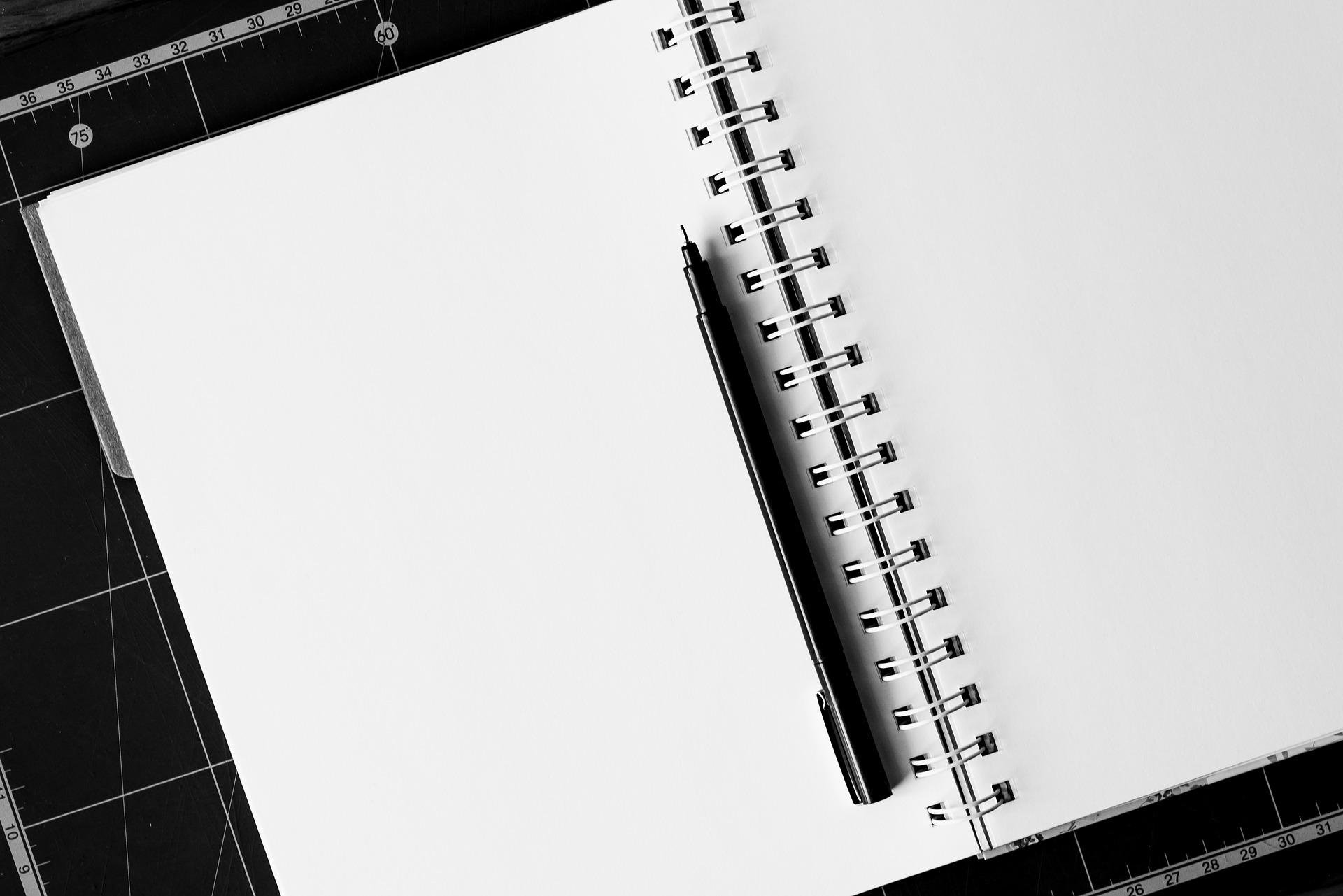I really don’t like meetings that waste people’s time. In today’s competitive environment we have to prioritize our time aggressively. We don’t have the time or the energy to participate in meetings that do not generate value. Now the question becomes, how can we make meetings effective? How can they remain ontrack? How do we keep everyone engaged?
In researching this topic I found that best meeting practices tend to be neglected, because running a meeting is something that comes by with experience. The second part is capturing the outcome of the meeting with notes, to assure people are held accountable and subsequent follow up can be done to any assigned action.
There are many meeting types, but I will focus on meetings of groups of 7-10 people ( this format falls in line with the HBR article on how to run a meeting.
Meeting Operations:
- Before the meeting:
- Why do you need this meeting? Think about the information you are trying to convey or the information you are trying to collect, do you really need a meeting? Can you obtain the same output through an e-mail or a ping? How urgent is your request?
- If you do decide to move forward with a meeting, the most important task you can do is create an agenda and distribute it at least 2-3 days before your meeting.. To go even further not only an agenda with a topic, but a detailed agenda in which you explain what are the outcomes you are looking to achieve.
- Here are some links of great agenda templates to follow:
- Prepare to anticipate the questions of the audience and make sure that any information that is presented is accurate and can be supported.
- Know your audience? What interests them? What do they care about? What are they looking to get from your meeting? What value are you providing to them? What are you looking to get from them?Are you presenting to a group of leaders? Or are you just looking to extract information from a group?
- During the meeting:
- Proper preparation will set you for success, however people’s reactions are unexpected and you know how to use proper tools based on people’s reaction.
- You have two task, manage the people and manage the information you are trying to convey
- Managing the people
- Is your audience engaged with the information you are presenting?
- Are you allowing time for people to ask questions?
- Is the conversation being overpowered by a few individuals?
- Are people distracted?
- Managing the task
- Are you keeping to the schedule? Are the items in your agenda being discussed?
- Are you getting the answers or decisions you were planning or expecting?
- Managing the people
- Meeting Closure:
- 1-2 minutes before the meeting, summarize key points and decisions to finalized agreements.
- Provide a quick timeline when meetings minutes will be distributed
Note Taking:
- Before the meeting:
- Create a template with your agenda items this will
- 1. Keep you focus on what you are trying to accomplish,
- 2. Keep your notes organized and allow you to capture the key decisions of the conversation.
- Create a template with your agenda items this will
- During the meeting
- Using your template jog down the discussion points, not verbatim of the outcome of a conversation: Say you are showing that “we need to add 200 more subscribers to an app to meet revenue goals”: Your notes should capture if discussed:
- Running promotions
- Email campaigns
- Ads in the areas where your future subscribers hang out etc…
- Using your template jog down the discussion points, not verbatim of the outcome of a conversation: Say you are showing that “we need to add 200 more subscribers to an app to meet revenue goals”: Your notes should capture if discussed:
- Distribution
- Should be no later than 12hrs from the meeting time, unfortunately the longer you wait to distribute, the further it will disappear from participants minds. The only exceptions are of course Friday evenings, and late meetings which can wait until the morning for the notes to be distributed.

